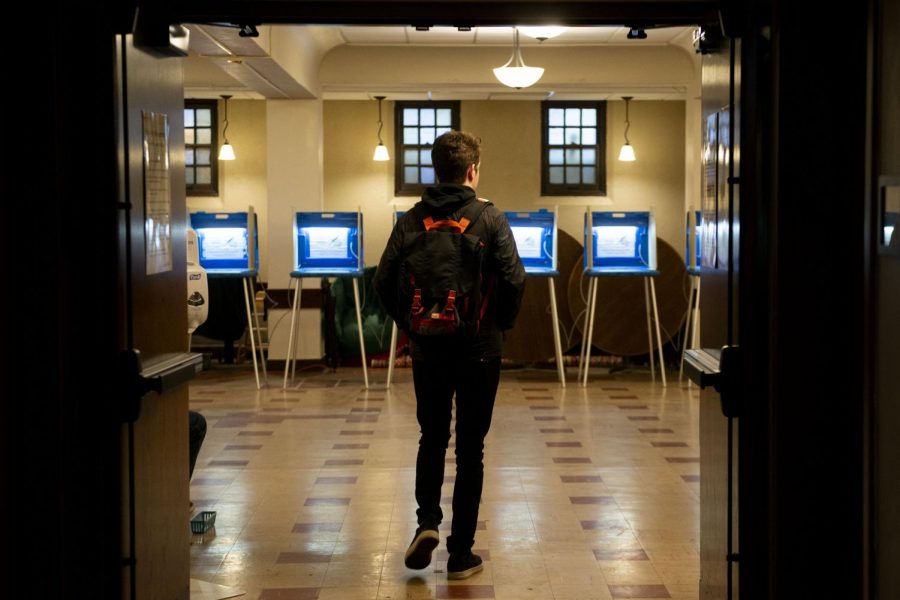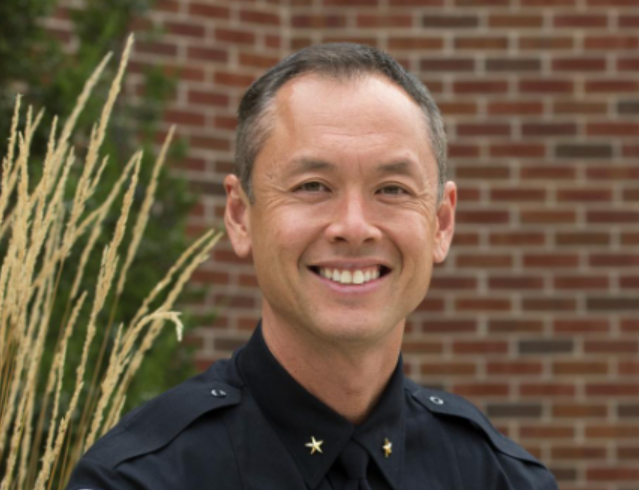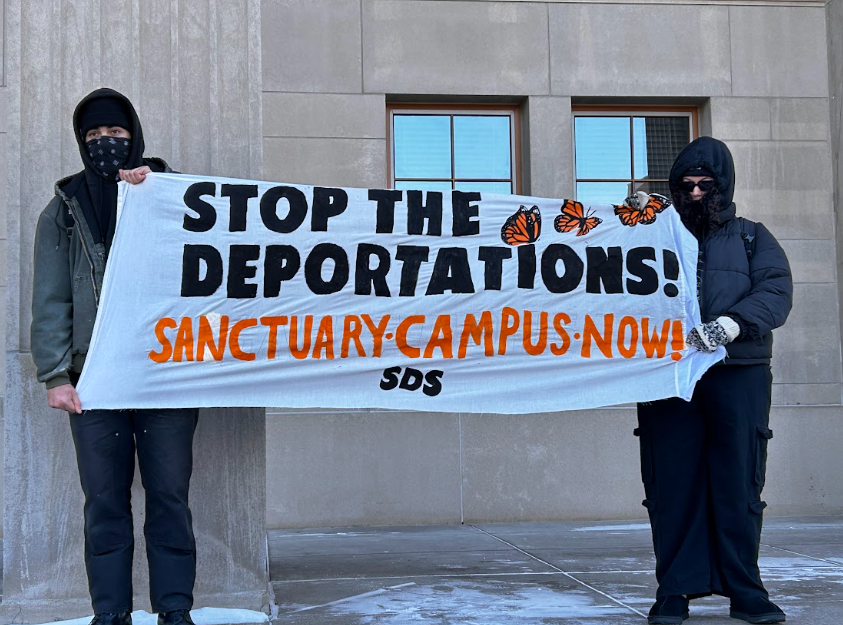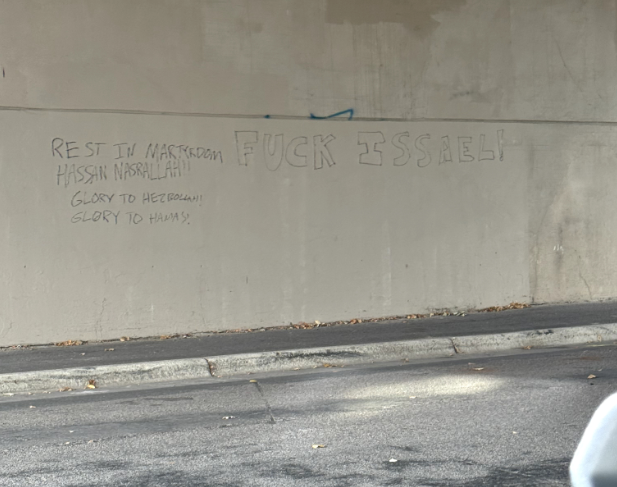Eighty percent of University of Minnesota students voted in 2020, the highest voter turnout rate of any four-year institution in the country. While there are resources and opportunities for students to learn about voting on campus, students were unable to miss class to vote until May 2024, according to the University’s Policy Library on excused absences and makeup work.
The University regularly updates its policy regarding attendance every six years, according to Seth Beccard, the policy program compliance officer. Previous policy stated that “voting in a regional, state, or national election is not an unavoidable or legitimate absence.”
Jessica Kuecker Grotjohn, assistant director for the Office of Undergraduate Education, said she helped review the attendance policy. The policy was due for an update in 2020, but the COVID-19 pandemic delayed the update until fall 2022.
“The University absolutely encourages students to vote and be active citizens,” Kuecker Grotjohn said. “But with changes made to the voting process, like absentee ballots (and) early voting, a decision was made.”
The direct reference to voting was removed from the policy and moved to the FAQ section.
“The intent with the FAQ is to really encourage students to find other ways that minimize any sort of conflict,” Kuecker Grotjohn said. “There is value in attending classes and so that needed to be stated as part of our guiding principles and so intent behind how the FAQ is worded is that this is supposed to encourage students to vote and minimize their conflicts.”
The Executive Vice President’s Office released a statement providing students with information on how they could vote.
Merrie Benasutti, a University spokesperson and the University’s Twin Cities voting coordinator, said the University values voting.
“It’s because of what the students are doing, the staff and faculty are just trying to get behind the students, but the students lead the way,” Benasutti said.
In the statement, the Executive Vice President’s Office highlights the three different modes of voting — in-person, early voting and voting by mail.
“It’s not just about registering to vote, it’s about voter education,” Benasutti said. “I would say that’s the purpose of higher ed in general. Young people, becoming active citizens and voting is a part of being an active citizen.”
Students can begin early voting on Sep. 20. Students living on campus have the opportunity to vote at community spaces like Grace Lutheran Church, Van Cleve Park Recreation Center and The Weisman Art Museum.
Grace Lutheran Church has been a polling place for a long time, according to co-pastor Justin Lind-Ayres.
“For the 2020 election, it was astounding how long the line was,” Lind-Ayres said. “It wove all through our sanctuary space and people waited for a long time to vote, which is really encouraging.”
Election day is Nov. 5. Lind-Ayres said given the history, he predicts voting turnout to be high.













